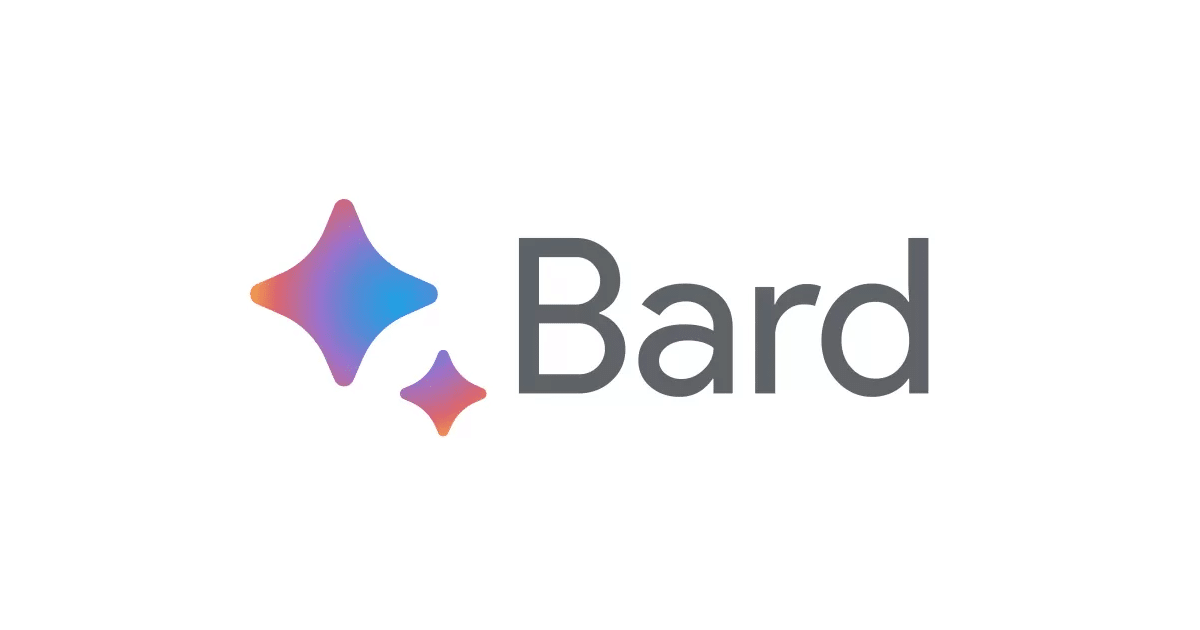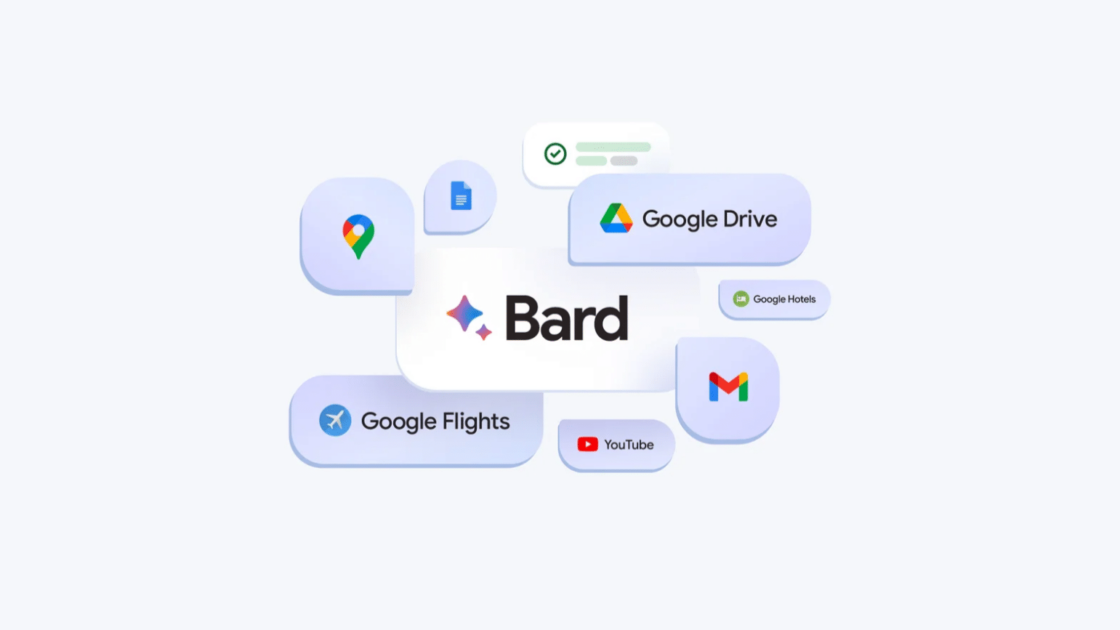Google’s AI chatbot, Bard, has received an upgrade that enhances its integration with YouTube. This new feature allows Bard to analyze individual videos, providing users with specific information without requiring them to watch the entire content. While this capability offers undeniable benefits for users, it raises concerns about the potential impact of generative AI on content creators and their revenue streams.

Bard’s YouTube integration fosters a more interactive and immersive learning environment but raises some concerns
Bard’s latest iteration allows users to learn from YouTube videos without actually watching them. Users can direct specific queries to Bard, and the chatbot responds with comprehensive summaries, key takeaways, or even detailed recipe ingredients, showcasing the potential of AI-driven content analysis.
Consider a user seeking a recipe from an America’s Test Kitchen YouTube video. Bard can effortlessly provide the ingredients, measurements, and step-by-step instructions, eliminating the need for the user to watch the entire video.
Currently, this feature is not seamlessly integrated, requiring users to enable it manually. While this friction in the current implementation provides some reassurance to content creators, it sparks discussions about the potential future integration of this tool directly within YouTube, presenting challenges for creators’ monetization strategies.
The ability of Bard to extract and present detailed information from videos raises concerns about potential impacts on monetization. By providing detailed content summaries, users might bypass ads, impacting revenue streams for content creators who rely on ad views.

As this feature is currently part of an opt-in Labs experience, there are no immediate threats to content creators. However, the potential future integration of this tool within YouTube could present significant challenges in maintaining the value derived from user engagement with the content. Striking a balance between user convenience and preserving creators’ revenue streams becomes a crucial consideration as generative AI continues to advance.
To summarize, Bard’s advancement must be accompanied by a careful consideration of the potential impact on content creators, who form the backbone of YouTube’s success. By addressing these concerns, the search engine giant can ensure that the benefits of this technology are shared equitably among all stakeholders.
In related news, Google recently made Bard available to teenagers around the world, allowing them to learn, create, and explore the world with the generative AI.